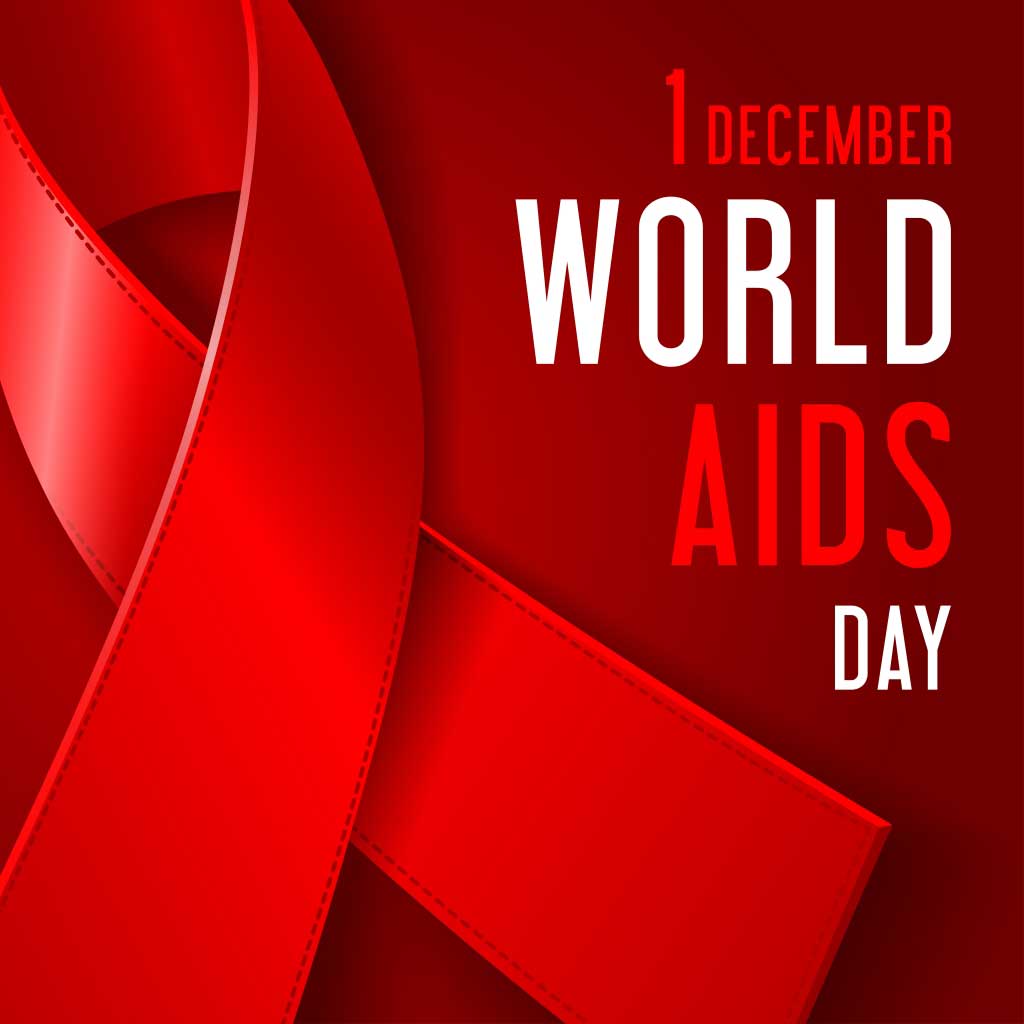People with Human Immunodeficiency Virus now live longer and more healthful lives that at any time since the outset of the AIDs epidemic in 1981. An estimated 36 million people worldwide are living with HIV, a virus that attacks the body’s immune system and, if untreated, can lead to AIDS.
It’s fair to say that AIDS, or acquired immunodeficiency syndrome, is no longer the high-profile public health menace it once was thanks to the discovery in 2011 that antiretroviral treatment can not only suppress HIV in the bloodstream and reduce the risk of spreading the virus, but also, some experts predict, eventually end the epidemic. Ban Ki-moon, the outgoing United Nations Secretary-General, said the UN hopes to end AIDS by 2030 in remarks prepared in advance of the annual World AIDS Day, observed Dec. 1.
“There has been real progress in tackling the disease,” he said. “More people than ever are on treatment.”
The World Health Organization, a UN agency, says more than 18 million people are receiving antiretroviral treatment, or ART, though in new guidelines released Nov. 29 cautioned that just as many people are still unable to get treatment. Alarmingly, 40 percent of the 14 million-plus people with HIV still don’t even know they have the virus, according to the WHO report.
“Millions of people with HIV are still missing out on life-saving treatment,” said Dr. Margaret Chan, the WHO’s Director-General, which can also prevent HIV transmission to others.”
Antiretroviral therapy isn’t a cure. To work, it must be taken daily. When a patient stops taking the medication, the virus can return to life-threatening levels. ART suppresses HIV so that it’s undetectable, but the virus remains in the body. Unlike other viruses, the human body cannot eliminate HIV entirely.
“When a patient stops their meds, the HIV levels in the blood rebound rapidly in all patients,” said Dr. Jack Ross, chief of infectious disease at Hartford Hospital. “In some, HIV virus levels can actually be higher than at previous times off meds.”
An experimental HIV vaccine, combined with a compound that triggers the human immune system, also showed promise in a recent study involving rhesus monkeys. This treatment reduced the virus to undetectable levels without antiretroviral treatment.
Some AIDS specialists advocate an program called 90-90-90 that would ensure, by 202o, 90 percent (the first 90) of HIV-infected people know they are, in fact, infected. From there, 90 percent of those aware they are infected receive ART treatment. Finally, 90 percent of those receiving treatment actually suppress the HIV virus levels in their bloodstream. The 90-90-90 program, if effective, would mean that 72 percent of all people with HIV would have suppressed the virus.
Dr. Ross, among other experts, considers the goal overly ambitious because even after doubling the number of people worldwide receiving treatment in the past five years, to 18 million, millions still lack access to treatment. Most people with HIV live in low- and middle-income countries, according to the World Health Organization, which says 25.6 million people in 2015 were living with HIV in sub-Saharan Africa.
“The global burden of HIV-infected patients is in areas of the world with less-developed health infrastructures,” says Dr. Ross.
The World Health Organization, as part of its World AIDS Day outreach, recommends HIV self-tests that use oral fluid or finger-pricks. (Results are available within 20 minutes.) Anyone with a positive result should confirm it by requesting another test at a health clinic. Because of self-testing, says WHO, the percentage of people between 2005 and 2015 with HIV who learned their status increased to 60 percent from 12 percent. Now 80 percent of people diagnosed worldwide with HIV are receiving antiretroviral treatment.
“The concept of testing, treating and suppressing the individual’s viral load,” said Dr. Ross, “has profound personal health benefits, economic benefits and social benefits for the patient. Lowering the population viral load by those three actions is key to stopping the HIV epidemic in the world.”

